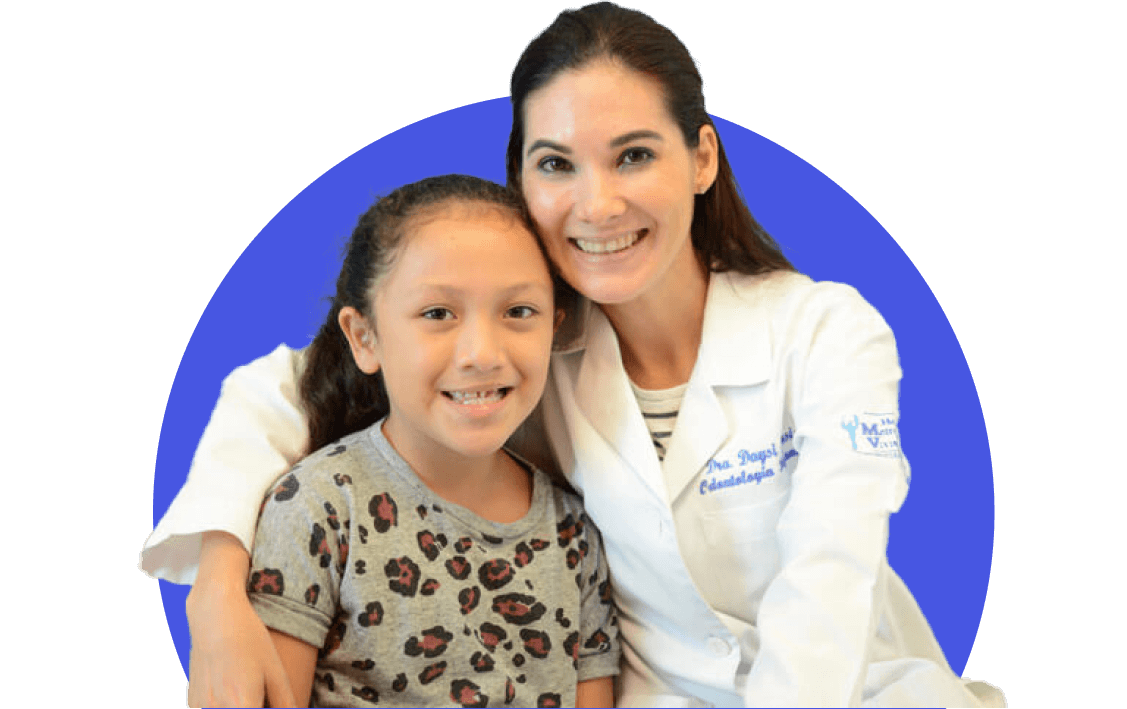- Cleft Home
- What is Cleft Lip and/or Palate?
- Prenatal Diagnosis
- Feeding Your Baby
- What is a Cleft Team?
- Surgery
- Hearing, Speech, and Dental Care
- Paying for Treatment
- Managing Feelings
- Craniofacial Conditions
- Toddlers and Preschoolers
- The School-Aged Years
- The Teenage Years
- Letter to a Teacher
- Information for Adults
- Support Organizations
- Learn More: Downloads
- Cleft Home
- What is Cleft Lip and/or Palate?
- Prenatal Diagnosis
- Feeding Your Baby
- What is a Cleft Team?
- Surgery
- Hearing, Speech, and Dental Care
- Paying for Treatment
- Managing Feelings
- Craniofacial Conditions
- Toddlers and Preschoolers
- The School-Aged Years
- The Teenage Years
- Letter to a Teacher
- Information for Adults
- Support Organizations
- Learn More: Downloads
Who will treat my child’s teeth?
Children born with cleft lip and palate may encounter issues related to their teeth and jaws. Fortunately, much can be done to minimize these problems. The dental specialists on the cleft team will follow your child’s growth and development and make recommendations for treatment.
These specialists may include a pediatric dentist (who specializes in the care of children’s teeth), an orthodontist (who specializes in tooth movement and the orthopedic movement of jaws), a prosthodontist (who makes appliances which either replace teeth or help compensate for a short or poorly functioning palate), and an oral and maxillofacial surgeon (who performs surgery on the mouth and jaws).
What does the pediatric dentist do?
Children born with clefts are prone to tooth decay. Because of this increased risk, children with clefts should be very careful about brushing their teeth properly and frequently, not eating too much refined sugar, and seeing a pediatric dentist regularly starting in early childhood.
Your child’s dentist can offer valuable advice about ways to maintain good oral hygiene. If decay occurs in a child’s primary (baby) teeth, the dentist will usually make every effort to save them. The primary teeth are important because they preserve space for the permanent teeth underneath them.
What does the orthodontist do?
The goals of orthodontic treatment are three-fold: to improve function (a bite that works well), aesthetics (a bite that looks good), and stability. Treatment is planned with these needs in mind. Orthodontic treatment usually begins after the eruption of permanent teeth, but some treatment, such as palatal or upper jaw expansion, may be done at a younger age.
A child born with cleft palate may undergo several forms and phases of orthodontics during childhood and into adulthood. It is common for a child born with cleft palate to undergo palatal expansion, a treatment that widens the dental arch using an appliance that is placed near the roof of the mouth. Palatal expansion is often performed before bone-graft surgery (see below for more information).
Orthodontic movement of the teeth may also be carried out using braces or aligners. Braces are a combination of wires, bonded brackets, and bands that are cemented onto the teeth. Aligners are a removable, clear-plastic alternative to braces that can also be used to move teeth. Occasionally, an orthodontist may recommend headgear, an appliance worn outside the mouth, to move the upper teeth or to influence the growth or position of the upper jaw. After teeth have been moved, a child may wear a retainer, a passive appliance that holds the teeth in the new position.
What does the prosthodontist do?
Some children born with clefts have missing or misshapen teeth. The dentist who most often replaces teeth is called a prosthodontist. There are several ways to replace missing teeth, including dentures or partial dentures, an appliance called a fixed bridge, and dental implants.
If your child has a problem with velopharyngeal closure resulting in speech that sounds too nasal (see above for more information), one method of treating the problem is with a speech prosthesis, which is constructed by a prosthodontist. This removable, retainer-type appliance can be made for a child at almost any time. The prosthodontist and speech-language pathologist will work together during the design of the appliance.



